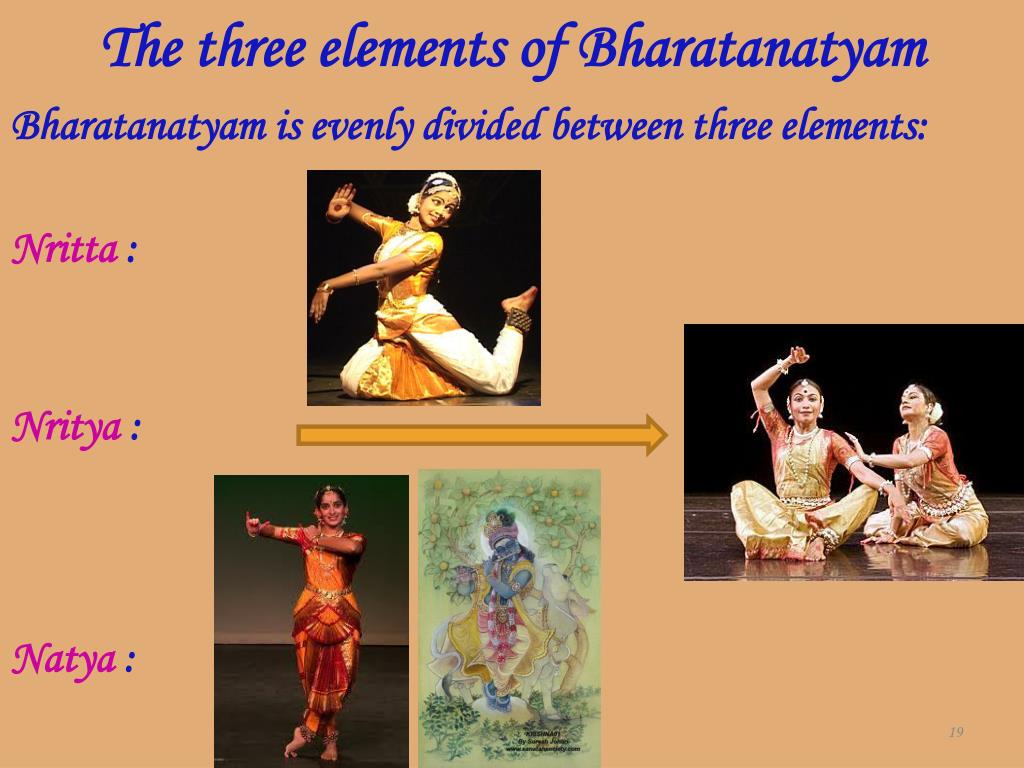

The dance is accompanied by music and a singer, and typically the dancer's guru is present as the Nattuvanar, director, and conductor of the performance and art. Bharatanatyam style is noted for its fixed upper torso, bent legs and knees flexed (Aramandi) combined with spectacular footwork, and a sophisticated vocabulary of sign language based on gestures of hands, eyes, and face muscles.

These are named according to the village of the guru (with the exception of some banis). Bani, or 'tradition', is a term used to describe the dance technique and style specific to a guru or school. Bharatanatyam is the state dance form of Tamil Nadu.īharatanatyam contains different types of banis. The dance form was prevalent in ancient Tamil Nadu, and several books have codified it, such as the Natya Shastra by Bharat Muni ( Sanskrit: भरत मुनि). Bharatanatyam is the oldest classical dance tradition in India. Ī description of Bharatanatyam from the 2nd century CE can be found in the ancient Tamil epic Silappatikaram, while temple sculptures of the 6th to 9th century CE suggest it was a highly refined performance art by the mid-1st millennium CE. It is one of eight widely recognized Indian classical dance forms (the others being Kathak, Kuchipudi, Odissi, Kathakali, Mohiniyattam, Manipuri and Sattriya) and it expresses South Indian religious themes and spiritual ideas, particularly of Shaivism, Vaishnavism and Shaktism. It has flourished in the temples and courts of southern India since ancient times. The dance form is also briefly mentioned in Kannada text Manasolalla written by Someshwara III. The Natya Shastra by Bharata Muni and Abhinaya Darpana (Mirror of Gesture) by Nandikeshvara are considered to be the original sources of Bharatanatyam (an Indian classical dance form). ( November 2021)īharatanatyam is a major form of Indian classical dance that originated in the modern-day region of Tamil Nadu. This article should specify the language of its non-English content, using or similar for phonetic transcriptions), with an appropriate ISO 639 code.


 0 kommentar(er)
0 kommentar(er)
